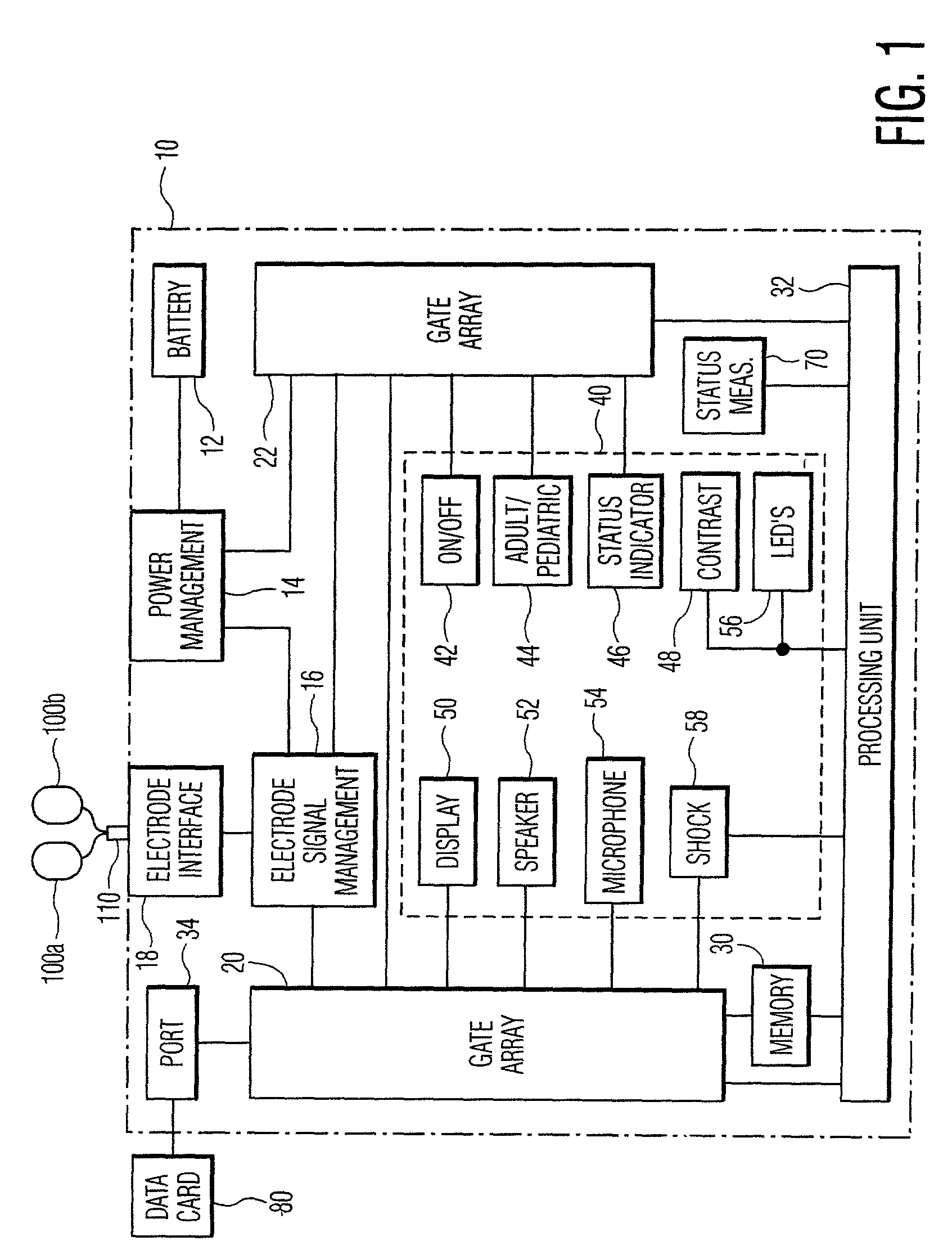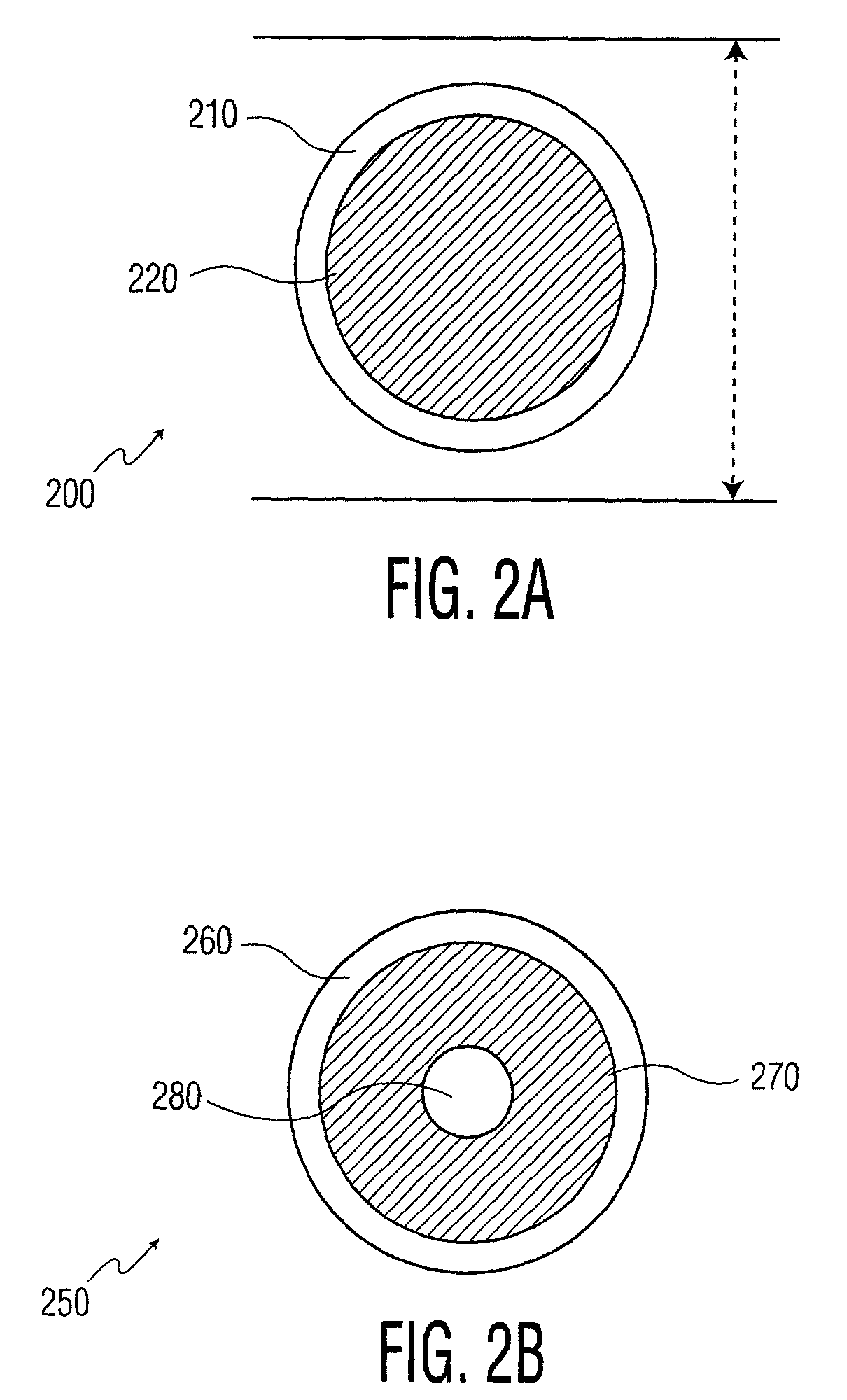Method and apparatus for defibrillating patients of all ages
a patient and patient technology, applied in the field of electrotherapy apparatus and methods, can solve the problems of reducing affecting the effectiveness of egg detection algorithms, and increasing the likelihood of victims being able to survive, so as to reduce the effective impedance
- Summary
- Abstract
- Description
- Claims
- Application Information
AI Technical Summary
Benefits of technology
Problems solved by technology
Method used
Image
Examples
Embodiment Construction
[0023]The following discussion is presented to enable a person skilled in the art to make and use the invention. The general principles described herein may be applied to embodiments and applications other than those detailed below without departing from the spirit and scope of the present invention as defined by the appended claims. The present invention is not intended to be limited to the embodiments shown, but is to be accorded the widest scope consistent with the principles and features disclosed herein.
AED Architecture
[0024]FIG. 1 is a block diagram of a universal AED 10 according to an embodiment of the present invention. The AED 10 comprises a power source or battery 12; a power management unit 14; an electrode signal management unit 16; an electrode interface 18; a first and a second gate array 20, 22; a memory 30; a processing unit 32; a communication interface or port 34; an operator interface 40 that includes a power or on / off switch 42, an adult / pediatric mode control o...
PUM
 Login to View More
Login to View More Abstract
Description
Claims
Application Information
 Login to View More
Login to View More - R&D
- Intellectual Property
- Life Sciences
- Materials
- Tech Scout
- Unparalleled Data Quality
- Higher Quality Content
- 60% Fewer Hallucinations
Browse by: Latest US Patents, China's latest patents, Technical Efficacy Thesaurus, Application Domain, Technology Topic, Popular Technical Reports.
© 2025 PatSnap. All rights reserved.Legal|Privacy policy|Modern Slavery Act Transparency Statement|Sitemap|About US| Contact US: help@patsnap.com



